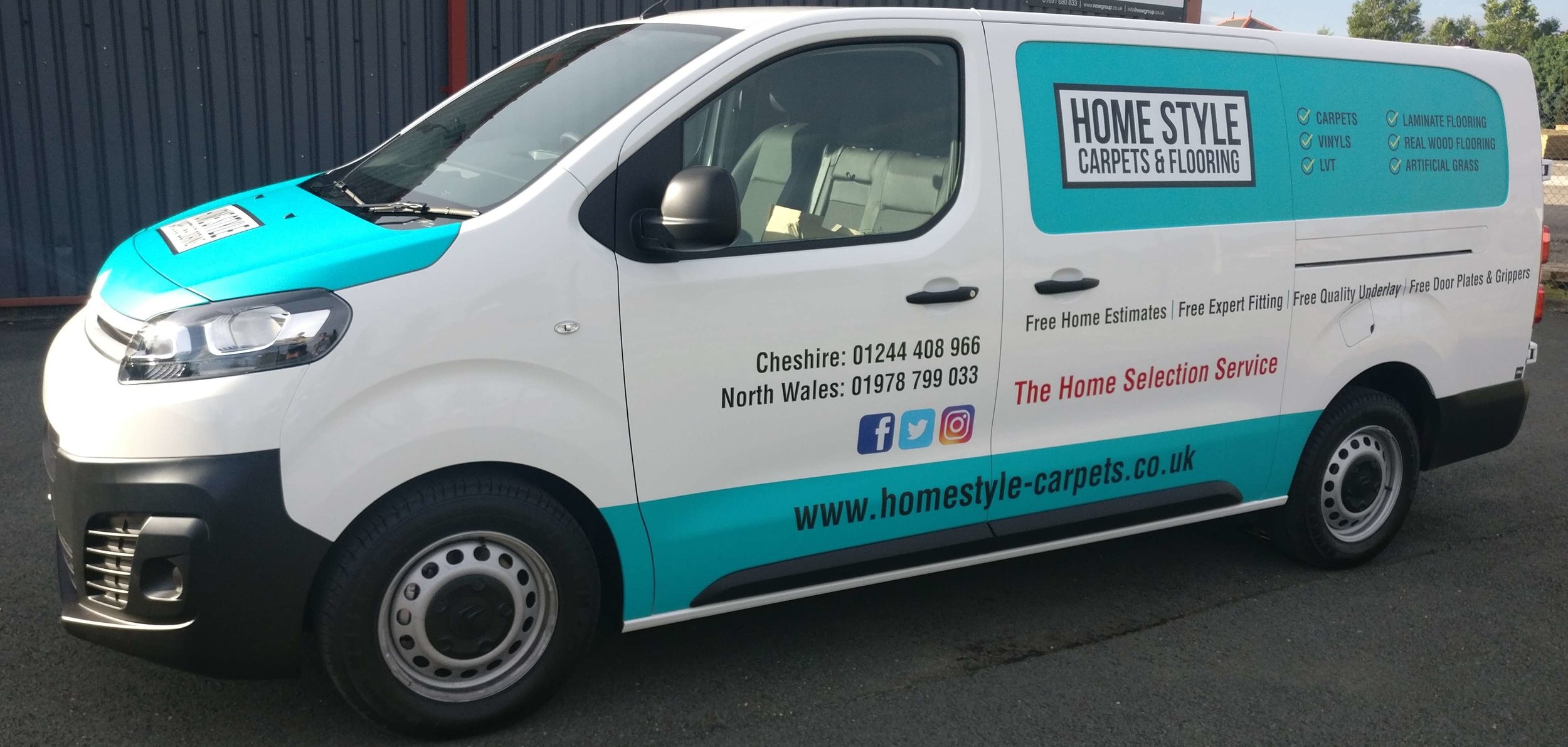Should you avoid vinyl flooring in wet areas?
/There is a common misconception that laminate and vinyl flooring should not be installed in wet or high humidity rooms such as bathrooms, kitchens and utility areas.
This is the result of a range of videos posted on social media showing mould and mildew on vinyl and laminate flooring in wet or high-humidity rooms. The truth is that vinyl and laminate flooring is fine for wet spaces, as long as it is the right type and installed correctly.
Solid vinyl made of wood or stone plastic composite is waterproof and ideal for high-moisture areas. Luxury vinyl plank and PVC vinyl are water-resistant, making them suitable for kitchens and utility rooms where liquids can be easily mopped up, but may not be best for wet bathrooms.
Laminate flooring is water-resistant and can typically stand being covered in water for up to a day. As long as the water is removed in time, they won't get damaged.
The main risk of mould is when water gets underneath the floor covering. A decent quality moisture barrier underlay is recommended before installing vinyl or laminate flooring. Wet areas should be well ventilated with a fan or window that opens to reduce the risk of water accumulating.
If correctly installed in wet spaces, good-quality vinyl and laminate flooring should last between ten and twenty years as long as spilled liquids and excessive amounts of water are removed quickly.
For further advice on installing vinyl or laminate flooring in North Wales homes and business premises, talk to a local flooring company.

